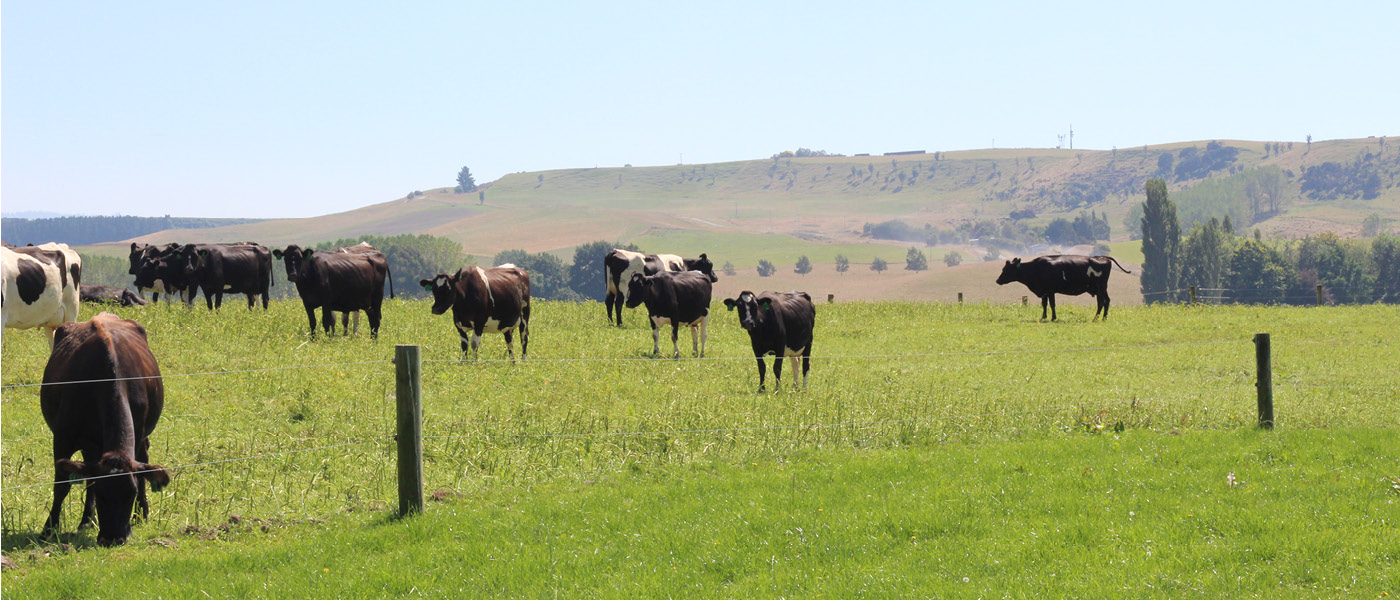
Copper deficiency in cattle can have the following impacts:
We cannot leave copper to chance, and the two main ways to ensure we do not have copper issues are to test and supplement appropriately. Copper levels in cattle can be variable for different reasons, including primary deficiency (not enough in diet), secondary deficiency (interference from other components in diet) and varying requirements at different stages of the season or different stages of life.
Copper requirements are highest for dairy cows in late pregnancy and peak production when copper availability from pasture is lowest. Luckily, copper is stored well in the liver, and so we can assess liver copper levels in autumn to make sure there will be enough to last the cows through winter and spring. Once cows are calved, they should be supplemented copper in the water or feed to ensure appropriate levels. Cows should be supplemented through the whole milking season, although, if you feed moderate to high levels of palm kernel, please discuss with your vet. A copper test pre-mating is required to check that things have gone to plan.
Calves are usually born with reasonable liver copper levels that they have been poached from their mother, but these stores can be used surprisingly quickly as young cattle require relatively high levels of copper for growth. Young stock should always have adequate copper levels, as periods of deficiency in between periods of having enough copper can still result in serious disease such as the fractured humerus syndrome that we are now seeing with increasing regularity.
To achieve constantly adequate copper levels a programme should be developed with your vet. A successful Trace Element Programme requires both monitoring and supplementation. If there have been any changes in what you do with your young stock, these can have an impact. For example, young stock being raised on a different property with a different soil type or fertiliser history may have their copper levels affected. This has been associated with fractured humerus syndrome appearing in groups of our clients’ animals.
Testing summary
MA Cows
Young stock